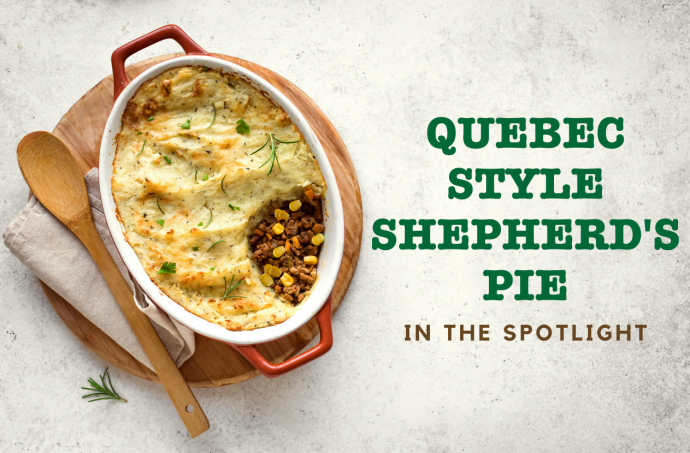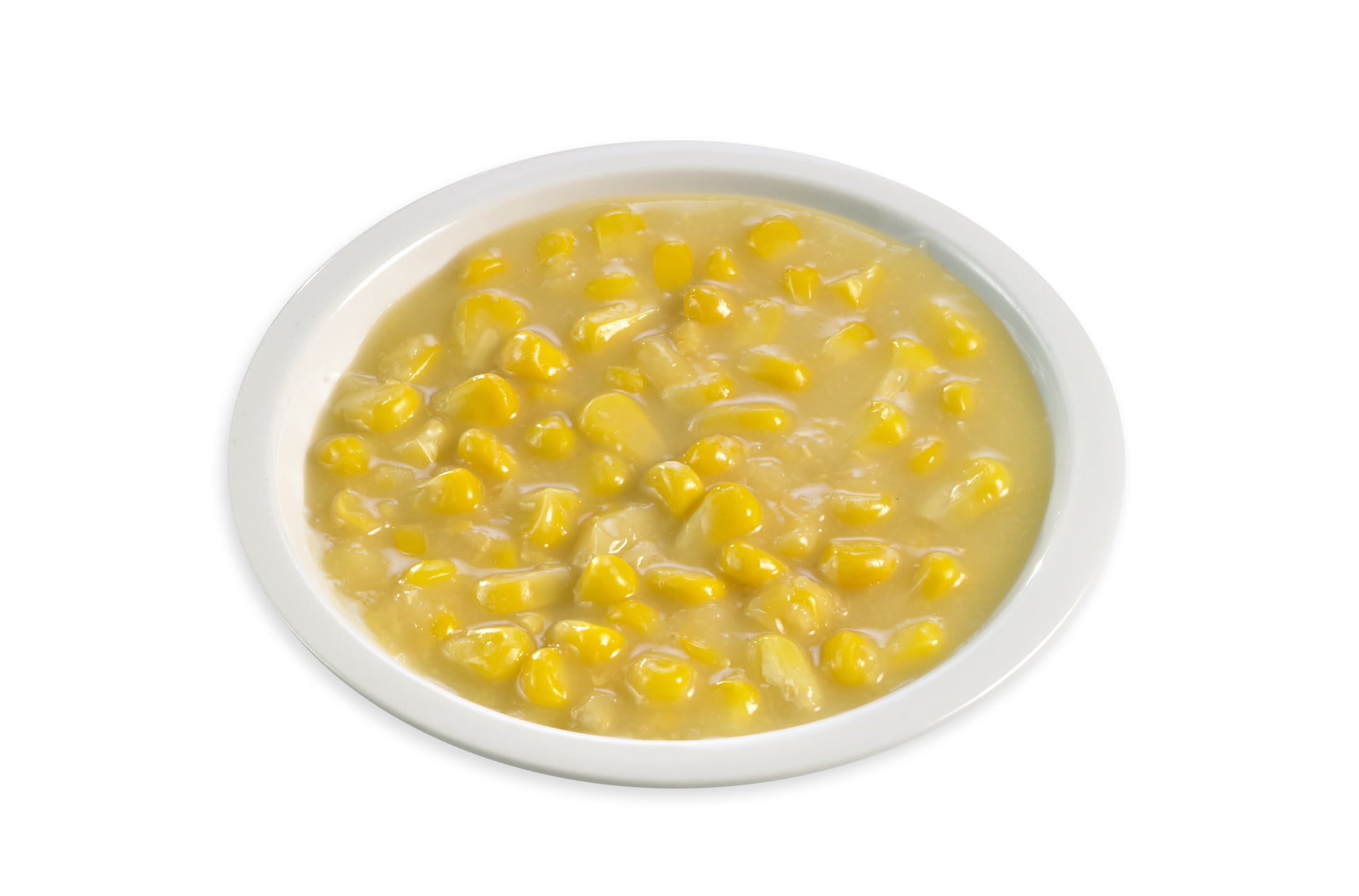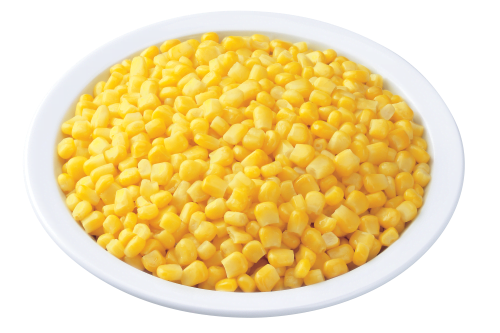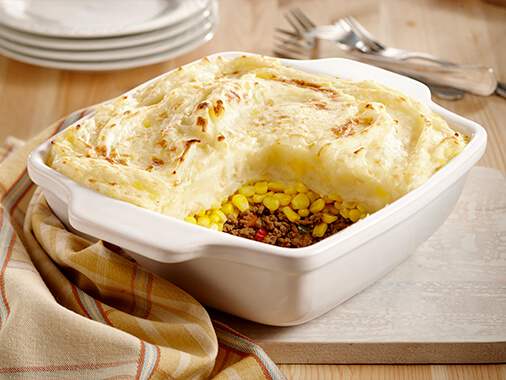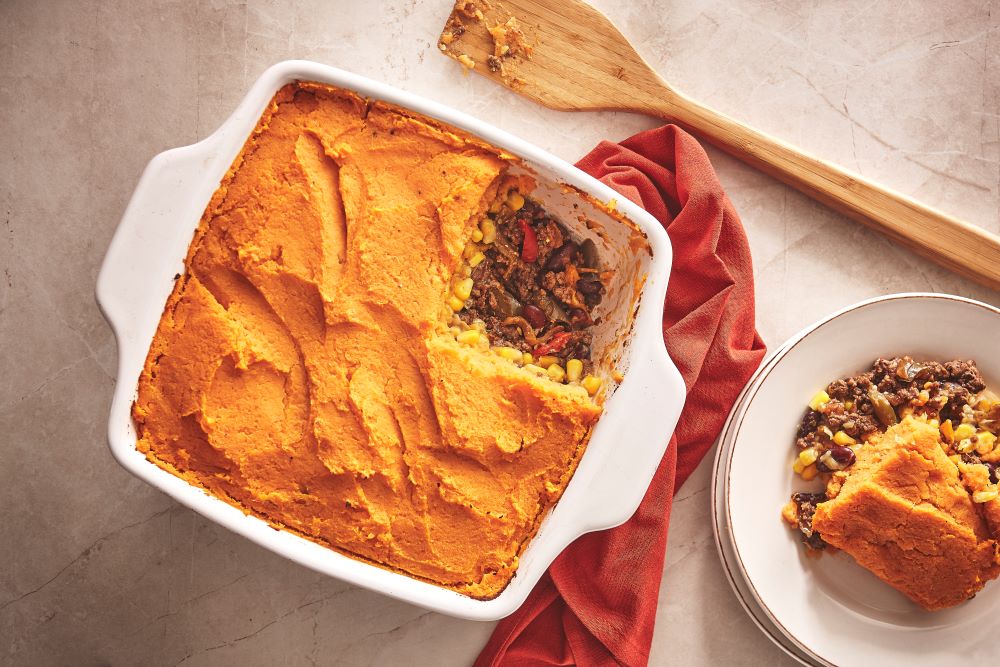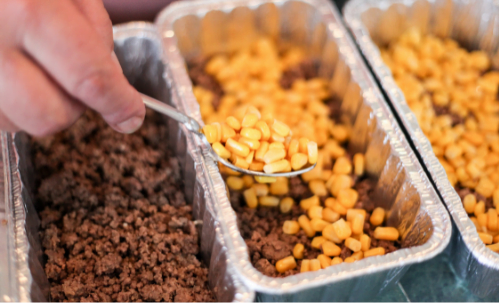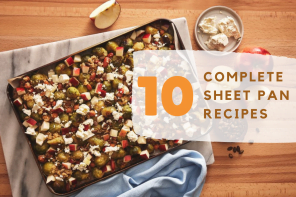Quebec Style Shepherd’s pie in the spotlight
When you think of shepherd’s pie, you realize it’s not only a classic Quebec dish but also a true comfort food that’s begging to be enjoyed with family during the coldest months.
Arctic Gardens has prepared this special article on shepherd’s pie where we’ll tell you about the origins of this iconic Quebec dish and show you the different ways to prepare it, as well as give you a few recipe ideas.
Where does shepherd’s pie come from?
The first mention of shepherd’s pie is in a 1930 issue of La Presse where it’s presented as a common dish.
Its history before 1930 remains a mystery, full of speculation and unresolved theories. However, there are 2 main theories.
China Pie
The first theory is that the French “pâté chinois” comes from the English name “China pie”. China pie is a traditional dish that was prepared in Maine where there were Quebec immigrants.
It looks like they brought the recipe back to Quebec, translating it to “China pie”.
China Pie is prepared with lamb. Later on, people started preparing it with beef, but it still didn’t have corn. They just used whatever veggies they had on hand, plus mashed potatoes.
Corn was added when people from the British Isles came to North America.
Chinese workers
Another common but widely rejected theory is that Chinese workers building the Canadian railway in the 19th century adapted shepherd’s pie.
Instead of using the brown sauce in the original recipe, they used corn, which was readily available.
Despite these theories, none has been historically verified.
Today, shepherd’s pie is an ever-present dish in Quebec cooking.
It’s served at everything from family gatherings to school, corporate and hospital cafeterias all across the province.
What type of corn should I use for a great shepherd’s pie?
Corn was that third layer that gave the recipe a direction. Was it an accident? Maybe… we’ll never know.
Maybe one day somebody was just sitting around eating shepherd’s pie and thought adding corn would be a great combo – and it was. Not bad for an accident!
The only thing for sure is that the corn has made shepherd’s pie an original recipe representing the Quebec identity and it wasn’t just a copy of cottage pie.
By the way, are you more of a kernel or creamed corn person when it comes to your shepherd’s pie?
And speaking of kernels… how do you put an end to the eternal rivalry between canned and frozen corn? Who would win the precious spot in the shepherd’s pie?
Since it’s really a matter of preference… To each their own – no judgement!
Creamed corn
Creamed corn is the most commonly used corn in the traditional recipe, but despite its name, there is no cream in creamed corn.
The creaminess comes from modified starch which is resistant to the high temperatures used in canning.
The benefit of creamed corn is that it helps bind the meat and potato layers together. It’ll be creamier and juicier, and the ingredients will blend better.
Canned corn
Canned corn is also widely used in shepherd’s pie. It’s better if you’re looking for a more al dente texture.
As for flavour, you’ll be able to better distinguish each ingredient and, of course, the taste of the corn more.
Tip
When it’s corn season, you can husk corn on the cob for your shepherd’s pie.
Frozen corn
Like canned corn kernels, frozen corn will give the recipe a little crunchiness.
rThe great thing about this frozen corn is that it generally has less sodium than canned, which is healthier.
Speaking of which, our Arctic Gardens frozen corn is tested for pesticide residues, which means that no chemical pesticide molecules are found at a concentration above the cut-off limit. For more details, click here.
Frozen corn will give an even crunchier texture and it’s convenient because you can use as much as you need, then freeze the rest.
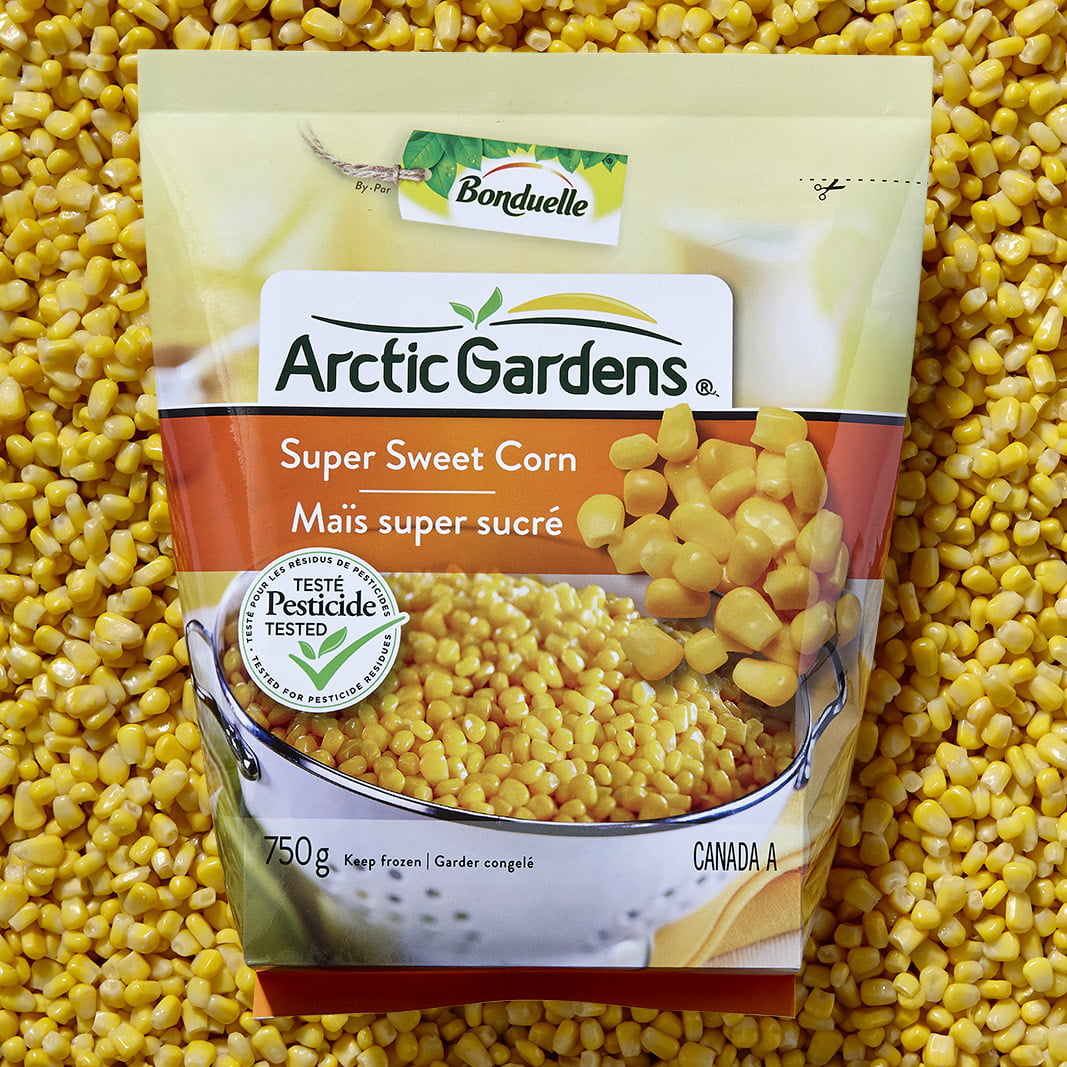
In fact, there’s no need for a duel between creamed or kernel corn to make shepherd’s pie. Just put the two and you’re recipe will be a hit.
Mixing creamed corn with corn kernels (canned or frozen) gives a velvety, hearty, yet crunchy shepherd’s pie.
Shepherd’s pie reimagined
It’s pretty common to see reimagined versions of classic recipes or those of our grandma’s (see our guide), and shepherd’s pie is no exception.
Variations cater to different diets. And here are a few you should try:
- Replace the beef with meat such as guinea hen, duck or venison.
- If you prefer a vegetarian version, try legumes or other plant proteins such as tofu.
- For mashed potatoes, you can use sweet potatoes or make a mixture of both types of potatoes.
- Mix the corn kernels with frozen peas or your favourite veggie combo.
- Add cheese to the mashed potatoes to make it creamier or sprinkle cheese on top to create a gratin.
You can also give your shepherd’s pie an international flavour by adding herbs and spices from countries around the world.
- For an Indian-flavoured shepherd’s pie, add curry or garam masala to the meat or plant protein.
- If you want an Italian-style shepherd’s pie, add spices such as thyme and bay leaves, as well as wine or tomato paste to the protein mixture. Finally, sprinkle Parmesan and oregano on top.
- For a shepherd’s pie with a Mexican flair, add chilli powder or Tabasco sauce, along with cilantro and garlic to the protein mixture.
Reimagined recipe ideas
We’ll share some of our shepherd’s pie recipes. Choose the one you like best!
Classic shepherd’s pie
Here are 2 options for the classic recipe.
Shepherd’s pie with corn kernels
Shepherd’s pie with creamed corn
Our vegetarian version
Here is our full-flavoured vegetarian option.
Shepherd’s pie with root vegetables
A version with a different touch
How to store shepherd’s pie
Whether you’re making the shepherd’s pie and want leftovers for later or just want to make it ahead of time to enjoy in the next few days, you can definitely freeze it.
We recommend first baking the shepherd’s pie, then freezing it. This reduces the risk of bacterial growth and the dish will keep longer in the freezer, about 3 months.
When you’re ready to enjoy, don’t thaw your shepherd’s pie before reheating. It’s best to preheat the oven to 350 °F (180 °C) and reheat it for 1 hour or until the desired doneness.
If you want to learn about freezing recipes, here’s our guide that will tell you everything you need to know.
And while we’re in the mood for comfort food, be sure to check out our guide to 10 comforting vegetarian recipes. Finally, subscribe to our newsletter and get tips, tricks and recipes every month.

